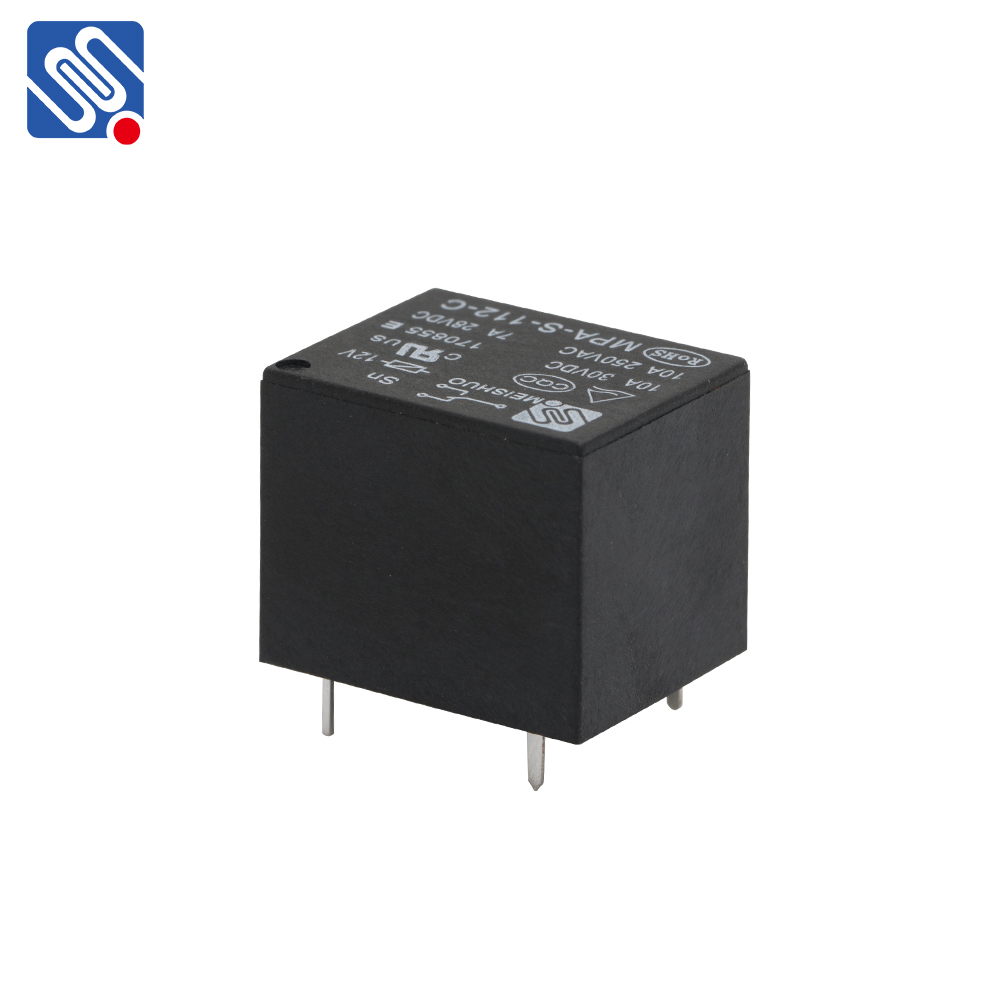As the world increasingly shifts toward sustainability, understanding the environmental impact of various systems and technologies becomes crucial. One such area of focus is the relay systems, which are widely used in electrical circuits, communications, and automation processes. While relays are essential in ensuring smooth operation across different industries, their environmental implications also require attention. This article explores the environmental impact of relay systems and how they contribute to or mitigate environmental challenges.

What Is a Relay? A relay is an electrically operated switch that allows one circuit to control another. It consists of an electromagnet, a set of contacts, and a spring that returns the contacts to their default position. When an electrical current passes through the electromagnet, it generates a magnetic field that pulls the contacts together, completing the circuit. Relays are used in a variety of industries, from industrial automation to telecommunications and automotive systems, playing a vital role in controlling electrical systems remotely. The Role of Relays in Sustainability Relays are integral to many technological advancements that aim to enhance energy efficiency and reduce environmental harm. For example, in renewable energy systems such as wind and solar power, relays ensure the proper functioning of the systems by managing power flows and preventing overloads. They are also used in electric vehicles to optimize battery charging and discharging, contributing to the reduction of greenhouse gas emissions.